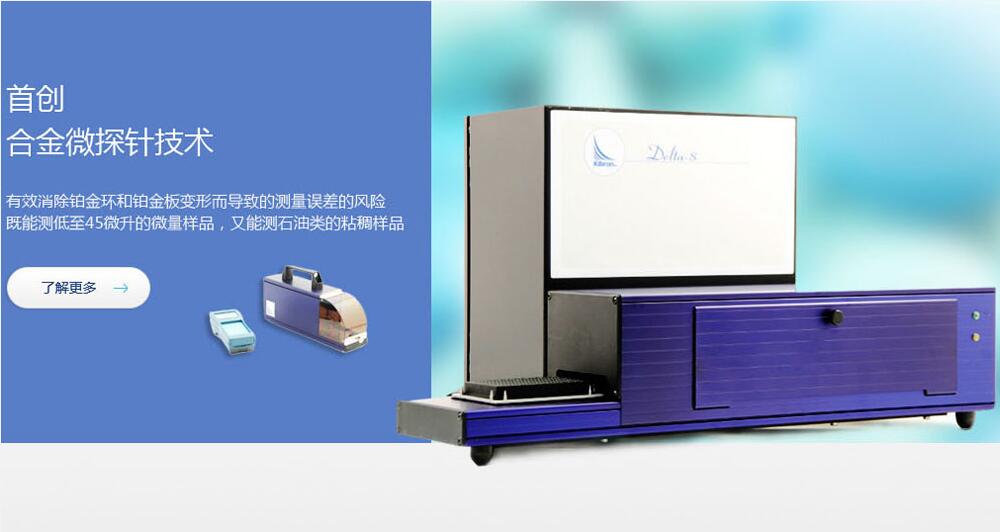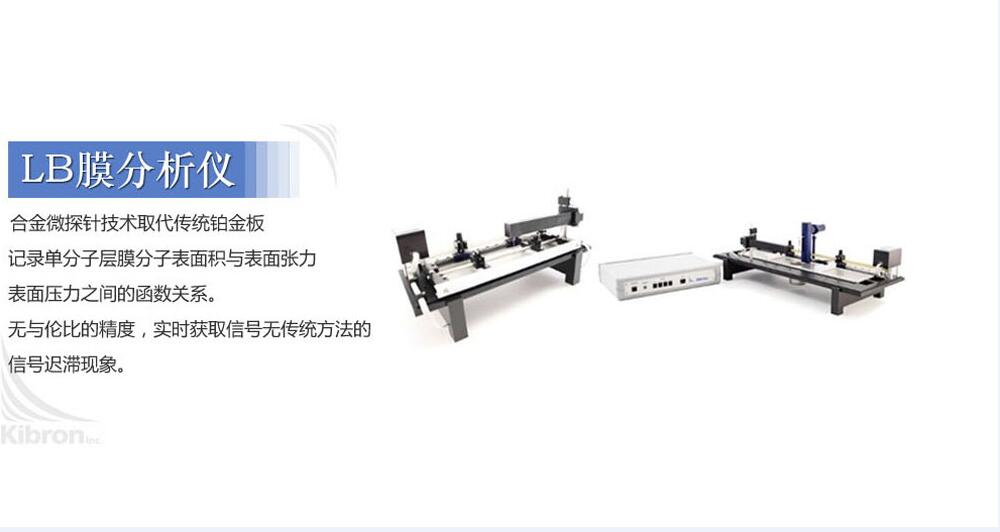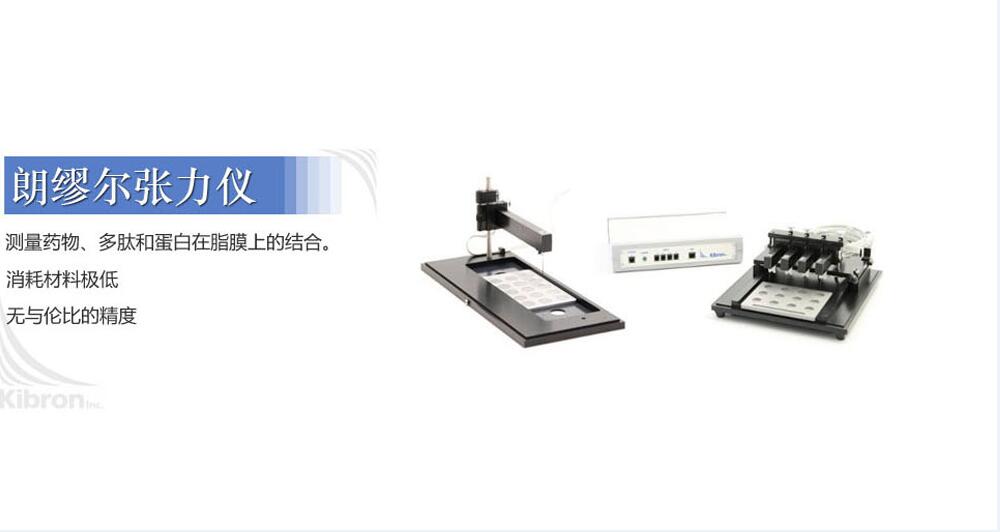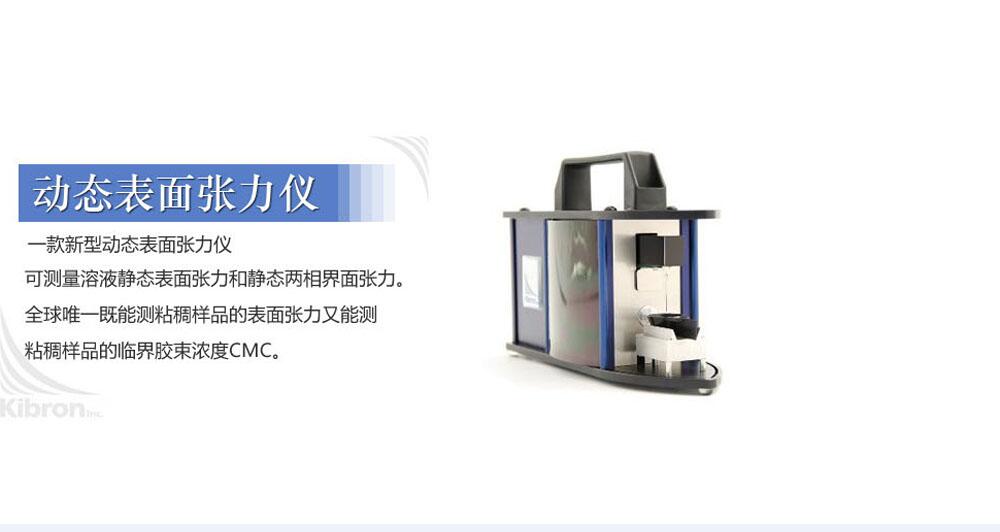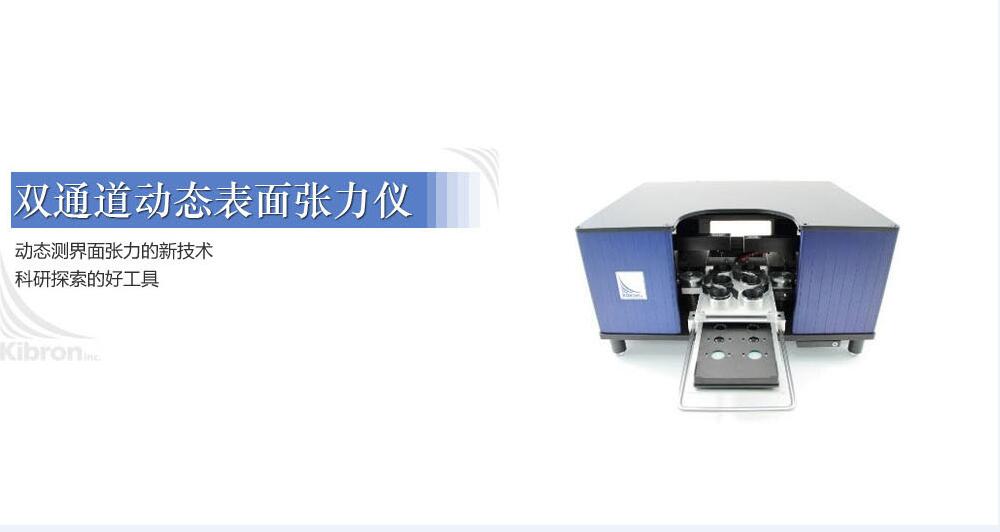合作客戶/
拜耳公司 |
同濟(jì)大學(xué) |
聯(lián)合大學(xué) |
美國保潔 |
美國強(qiáng)生 |
瑞士羅氏 |
相關(guān)新聞Info
-
> 液滴爆炸現(xiàn)象:酒精蒸發(fā)引起的馬蘭戈尼流動(dòng)現(xiàn)象影響參數(shù)(一)
> 硝酸酯類含能粘合劑PNIMMO及推進(jìn)劑組分的表面張力、界面作用
> 氧化石蠟油水界面張力測試方法及低張力性能
> 表面張力貯箱電子束焊接設(shè)計(jì)要求及與焊縫熔深之間關(guān)系
> 甜菜堿表面活性劑TAC制備方法及表面張力測定(二)
> N-十四酰基天冬氨酸及其鈉鹽合成路線、制備、表面張力等性能測定(一)
> 液體表面張力受力分析圖:原理、數(shù)學(xué)模型、應(yīng)用與實(shí)例
> 測量液體表面張力懸滴法介紹
> 基于天然植物油的酰胺胺氧化合物的合成表征及表面性質(zhì)——摘要、介紹
> 牡蠣低分子肽LOPs雙重乳液制備、界面性質(zhì)檢測及消化吸收特性研究(三)
推薦新聞Info
-
> 耐擦刮無膠消光膜制備方法、高表面張力與收解卷順暢性的平衡(二)
> 耐擦刮無膠消光膜制備方法、高表面張力與收解卷順暢性的平衡(一)
> 利用超微量天平制備微孔淀粉處理含Cu(II)離子染料廢水
> 不同類型的堿、pH值對(duì)孤東油田原油界面張力的影響(下)
> 不同類型的堿、pH值對(duì)孤東油田原油界面張力的影響(上)
> 不同結(jié)晶結(jié)構(gòu)的脂肪晶體顆粒界面自組裝行為、儲(chǔ)藏穩(wěn)定性研究
> 新型POSS基雜化泡沫穩(wěn)定劑表面張力測定及對(duì)泡沫壓縮性能的影響(三)
> 新型POSS基雜化泡沫穩(wěn)定劑表面張力測定及對(duì)泡沫壓縮性能的影響(二)
> 新型POSS基雜化泡沫穩(wěn)定劑表面張力測定及對(duì)泡沫壓縮性能的影響(一)
> 多功能膜材研發(fā):界面張力已成為整套工藝鏈協(xié)同下動(dòng)態(tài)演化的核心控制點(diǎn)
表面活性劑是否對(duì)斥水性土壤的潤濕性有影響?——結(jié)論、致謝!
來源:上海謂載 瀏覽 1637 次 發(fā)布時(shí)間:2021-11-09
結(jié)論
不像人工創(chuàng)造的穩(wěn)定的驅(qū)蟲表面或多孔 介質(zhì),拒水土壤表現(xiàn)出潤濕動(dòng)力學(xué),由此 最初疏水的土壤隨著時(shí)間的推移變得親水 與水接觸時(shí)。 初始潤濕動(dòng)力學(xué) 排斥土壤通常歸因于 固液界面能 (γSL),或液汽界面能 (γLV) 的降低,或兩者兼而有之。 γLV 的減少 建議是由于土壤表面溶解 活性有機(jī)化合物進(jìn)入與水接觸的水中 土壤。 在這項(xiàng)研究中,我們測試了土傳表面的影響 潤濕動(dòng)力學(xué)的活性物質(zhì),并發(fā)現(xiàn),與廣為接受的范式相反,土壤釋放表面 活性化合物不會(huì)加速潤濕過程。 因此很明顯,固體界面能的變化 表面(γSL 或 γSV),而不是液汽 表面 (γLV) 必須在驅(qū)動(dòng)不穩(wěn)定排斥性土壤的潤濕動(dòng)力學(xué)方面起主導(dǎo)作用。
致謝
本研究由以色列農(nóng)業(yè)部資助 和農(nóng)村發(fā)展,資助號(hào) 821-0088-04。
參考
Barrett, G. & Slaymaker, O. 1989. Identification, characterization, and hydrological implications of water repellency in mountain soils, southern British-Columbia. Catena, 16, 477–489.
Bisdom, E.B.A., Dekker, L.W. & Schoute, J.F.T. 1993. Water repellency of sieve fractions from sandy soils and relationships with organic material and soil structure. Geoderma, 56, 105–118.
Chen, Y. & Schnitzer, M. 1978. Surface-tension of aqueous-solutions of soil humic substances. Soil Science, 125, 7–15.
Dekker, L.W., Oostindie, K. & Ritsema, C.J. 2005. Exponential increase of publications related to soil water repellency. Australian Journal of Soil Research, 43, 403–441.
Dinar, E., Taraniuk, I., Graber, E.R., Katsman, S., Moise, T., Anttila, T. et al. 2006. Cloud condensation nuclei properties of model and atmospheric HULIS. Atmospheric Chemistry and Physics, 6, 2465–2481.
Doerr, S.H., Shakesby, R.A. & Walsh, R.P.D. 2000. Soil water repellency: its causes, characteristics and hydro-geomorphological significance. Earth-Science Reviews, 51, 33–65.
Doerr, S.H., Dekker, L.W., Ritsema, C.J., Shakesby, R.A. & Bryant, R. 2002. Water repellency of soils: the influence of ambient relative humidity. Soil Science Society of America Journal, 66, 401–405.
Ellerbrock, R.H., Gerke, H.H., Bachmann, J. & Goebel, M.O. 2005. Composition of organic matter fractions for explaining wettability of three forest soils. Soil Science Society of America Journal, 69, 57–66.
Feng, G.L., Letey, J. & Wu, L. 2002. The influence of two surfactants on infiltration into a water-repellent soil. Soil Science Society of America Journal, 66, 361–367.
Gee, G.W. & Bauder, J.W. 1986. Particle-size analysis. In: Methods of Soil Analysis. Part 1. Monograph No 9 (ed. A. Klute), pp. 383–411.
American Society of Agronomy, Madison, WI. Graber, E.R., Ben-Arie, O. & Wallach, R. 2006. Effect of sample disturbance on soil water repellency determination in sandy soils. Geoderma, 136, 11–19.
Hurrass, J. & Schaumann, G.E. 2006. Properties of soil organic matter and aqueous extracts of actually water repellent and wettable soil samples. Geoderma, 132, 222–239.
Letey, J. 1969. Measurement of contact angle, water drop penetration time, and critical surface tension. In: Proceedings of the Symposium on Water Repellent Soils 6–8 May 1968 (eds L.F. DeBano & J.F. Letey), pp. 43–47. University of California, Riverside, CA. Letey, J., Carrillo, M.L.K. & Pang, X.P. 2000. Approaches to characterize the degree of water repellency. Journal of Hydrology, 231–232, 61–65.
Ma'shum, M. & Farmer, V.C. 1985. Origin and assessment of water repellency of a sandy South Australian soil. Australian Journal of Soil Research, 23, 623–626.
Roy, J.L. & McGill, W.B. 2002. Assessing soil water repellency using the molarity of ethanol droplet (MED) test. Soil Science, 167, 83–97.
Tschapek, M. 1984. Criteria for determining the hydrophilicityhydrophobicity of soils. Zeitschrift fu¨r Pflanzenerna¨hrung und Bodenkunde, 147, 137–149.
Walkley, A. & Black, I.A. 1934. An examination of the Degtjareff method for determining soil organic matter and a proposed modifi- cation of the chromic acid titration method. Soil Science, 37, 29–38. Wallach, R. & Graber, E.R. 2007. Effluent irrigation-induced soil water repellency: time dependent variation of infiltration rate and of water repellency at different levels of ambient relative humidity. Hydrological Processes, 21, 2346–2355.
Wallach, R., Ben-Arie, O. & Graber, E.R. 2005. Soil water repellency induced by long-term irrigation with treated sewage effluent. Journal of Environmental Quality, 34, 1910–1920.
Wallis, M.G. & Horne, D.J. 1992. Soil water repellency. Advances in Soil Science, 20, 91–140.
表面活性劑是否對(duì)斥水性土壤的潤濕性有影響?——概括、介紹
表面活性劑是否對(duì)斥水性土壤的潤濕性有影響?——材料和方法
